
Bugs Bunny is a fictional character created in the late 1930s at Warner Bros. Cartoons and voiced originally by Mel Blanc. Bugs is best known for his featured roles in the Looney Tunes and Merrie Melodies series of animated short films, produced by Warner Bros. Earlier iterations of the character first appeared in Ben Hardaway's Porky's Hare Hunt (1938) and subsequent shorts before Bugs's definitive characterization debuted in Tex Avery's A Wild Hare (1940). Bob Givens, Chuck Jones, and Robert McKimson are credited for defining Bugs's design.

Daffy Duck is a fictional character created by animators Tex Avery and Bob Clampett for Leon Schlesinger Productions. Styled as an anthropomorphic black duck, he has appeared in cartoon series such as Looney Tunes and Merrie Melodies, in which he is usually depicted as a foil for either Bugs Bunny, Porky Pig or Speedy Gonzales. He was one of the first of the new "screwball" characters that emerged in the late 1930s to replace traditional everyman characters who were more popular earlier in the decade, such as Mickey Mouse, Porky Pig, and Popeye.
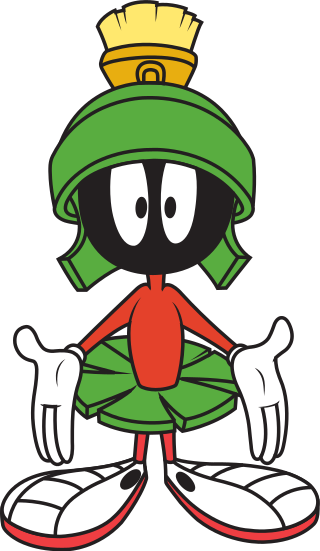
Marvin the Martian is an alien race character from the Looney Tunes and Merrie Melodies series. He frequently appears as a villain in cartoons and video games, and wears a Roman soldier's helmet and skirt. The character has been voiced by Mel Blanc, Joe Alaskey, Bob Bergen and Eric Bauza, among others.
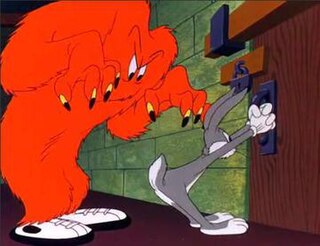
Gossamer is an animated character in the Warner Bros. Looney Tunes and Merrie Melodies series of cartoons. He is a large, hairy, orange or red monster. His body is perched on two giant tennis shoes, and his heart-shaped face is composed of only two oval eyes and a wide mouth, with two hulking arms ending in dirty, clawed fingers. The monster's main trait is his uncombed, orange hair. He originally was voiced by Mel Blanc and has been voiced by Frank Welker, Maurice LaMarche, Joe Alaskey, Jim Cummings, Kwesi Boakye, Eric Bauza and currently Fred Tatasciore.

Cecil Turtle is a fictional character in the Warner Bros. Looney Tunes and Merrie Melodies series of films. Though he made only three theatrical appearances, Cecil has the unusual distinction in that he is one of the very few characters who were able to outsmart Bugs Bunny, and the only one to do so three times in a row and at the rabbit's own game. Cecil often gives Bugs the taunting nickname of "Speedy" when addressing the rabbit.
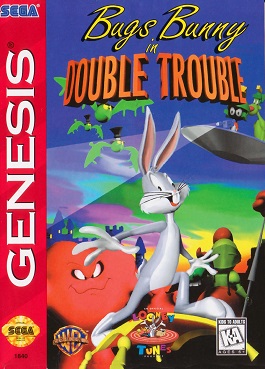
Bugs Bunny in Double Trouble is a Looney Tunes video game developed by Atod AB for the Sega Genesis and Game Gear, released in 1996. The game stars Bugs Bunny and features pre-rendered 3D graphics.
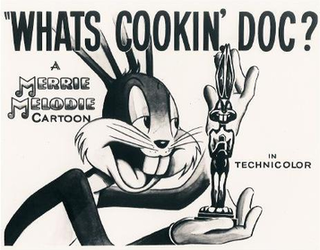
What's Cookin' Doc? is a 1943-produced, 1944 Warner Bros. cartoon in the Merrie Melodies series, directed by Bob Clampett, and stars Bugs Bunny. The short was also written by Michael Sasanoff, and was animated by Robert McKimson, along with uncredited work by Rod Scribner, Phil Monroe and Virgil Ross. The film was released on January 8, 1944.

Haredevil Hare is a 1948 Looney Tunes cartoon directed by Chuck Jones. It stars Bugs Bunny and it is the debut for Marvin the Martian — although he is unnamed in this film—along with his Martian dog, K-9. Marvin's nasal voice for this first film is different from the later one he is most known for. This is also the last pre-August 1948 Looney Tunes and Merrie Melodies cartoon whose copyright was sold to Associated Artists Productions.
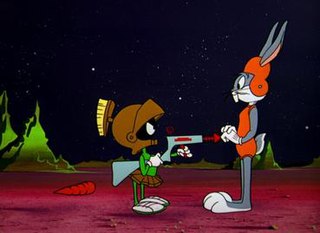
Mad as a Mars Hare is a 1963 Warner Bros. Merrie Melodies cartoon directed by Chuck Jones and Maurice Noble. The short was released on October 19, 1963, and stars Bugs Bunny and Marvin the Martian. The cartoon's title is a play-on-words of the famous phrase to be "mad as a March hare", the origins of which are disputed. This is Marvin's final appearance in the Looney Tunes shorts during the Golden Age of American Animation.

The Abominable Snow Rabbit is a 1961 Warner Bros. Looney Tunes theatrical cartoon directed by Chuck Jones and co-directed by Maurice Noble, with a story by Tedd Pierce. The short was released on May 20, 1961, and stars Bugs Bunny and Daffy Duck.
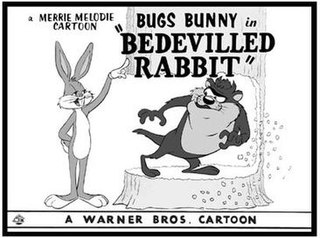
Bedevilled Rabbit is a 1957 Warner Bros. Merrie Melodies short directed by Robert McKimson. The short was released on April 13, 1957, and stars Bugs Bunny. In this cartoon, Bugs is lost in Tasmania, and has to deal with the Tasmanian Devil.

The Hasty Hare is a 1952 Warner Bros. Looney Tunes cartoon directed by Chuck Jones. The short was released on June 7, 1952, and features Bugs Bunny and Marvin the Martian. The title is a pun on the film title The Hasty Heart.

Lighter Than Hare is a 1960 Warner Bros. Merrie Melodies animated short written and directed by Friz Freleng. The short was released on December 17, 1960, and stars Bugs Bunny. The title is a play on the phrase lighter than air. It was one of three Bugs cartoons that Freleng both wrote and directed, the others being From Hare to Heir (1960) and Devil's Feud Cake (1963).
Hare-Way to the Stars is a 1958 American animated science fiction comedy short film directed by Chuck Jones and written by Michael Maltese. The short was released by Warner Bros. Pictures on March 29, 1958 as part of the Looney Tunes series, and stars Bugs Bunny and Marvin the Martian. The title is a play on the song "Stairway to the Stars."
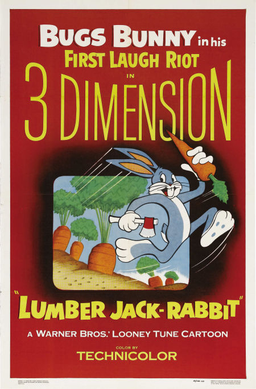
Lumber Jack-Rabbit is a 1953 3-D Warner Bros. Looney Tunes cartoon short directed by Chuck Jones and written by Michael Maltese The cartoon was released on September 26, 1953, and stars Bugs Bunny.

The Iceman Ducketh is a 1964 Warner Bros. Looney Tunes theatrical cartoon directed by Phil Monroe and Maurice Noble, with a story by John W. Dunn. The short was released on May 16, 1964, and stars Bugs Bunny and Daffy Duck. It was the penultimate Warner Bros. Theatrical Cartoon to feature Bugs Bunny and the last Warner Bros. theatrical cartoon to feature Bugs and Daffy together until Box-Office Bunny in 1991, and the last that the Chuck Jones unit worked on, though Chuck Jones himself was fired at an early stage of production and replaced by Monroe.
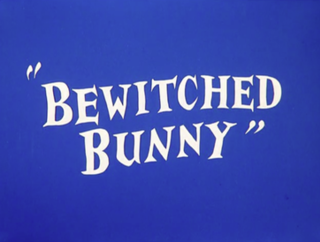
Bewitched Bunny is a 1954 Warner Bros. Looney Tunes cartoon directed by Chuck Jones and written by Michael Maltese. The short was released on July 24, 1954, and stars Bugs Bunny. Jones created the character Witch Hazel who debuted in this cartoon.
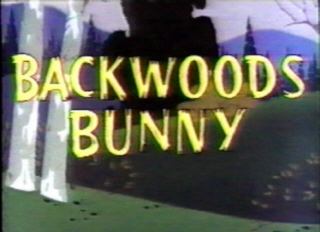
Backwoods Bunny is a 1959 Warner Bros. Merrie Melodies cartoon, directed by Robert McKimson and written by Tedd Pierce. The short was released on June 13, 1959, and stars Bugs Bunny. Voiced by Mel Blanc, Bugs Bunny takes a vacation in the Ozarks, but he is pursued by two famished buzzards, voiced by Daws Butler (uncredited.)

Hugo the Abominable Snowman is a character in the Looney Tunes franchise.

















